Suborder Serpentes Subfamily Crotalinae Phylum Chordata Rank Subspecies | Subphylum Vertebrata Higher classification Sistrurus miliarius Order Scaled reptiles | |
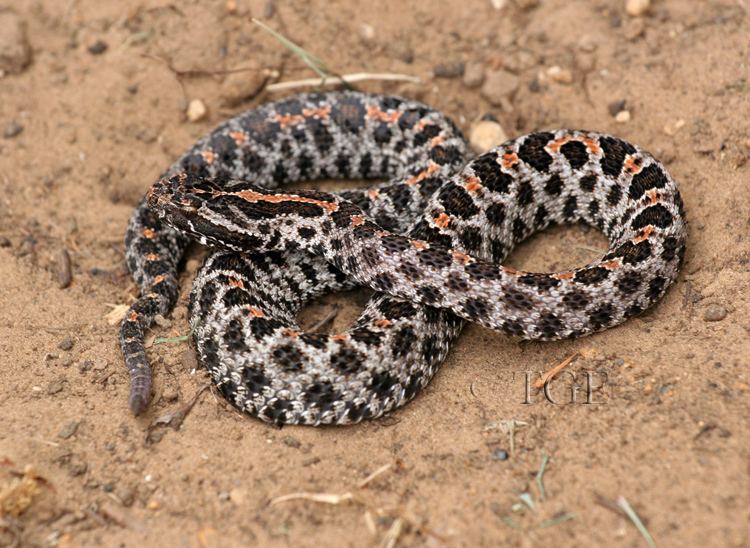 | ||
Scientific name Sistrurus miliarius barbouri Similar Sistrurus miliarius, Sistrurus, Snake, Reptile, Vipers | ||
Sistrurus miliarius barbouri is a venomous pit viper subspecies endemic to the southeastern United States.
Contents
- Rattling behavior in a pygmy rattlesnake sistrurus miliarius barbouri
- Etymology
- Description
- Common names
- Geographic range
- Reproduction
- Venom
- References
Rattling behavior in a pygmy rattlesnake sistrurus miliarius barbouri
Etymology
The subspecific name, barbouri, is in honor of American herpetologist Thomas Barbour.
Description
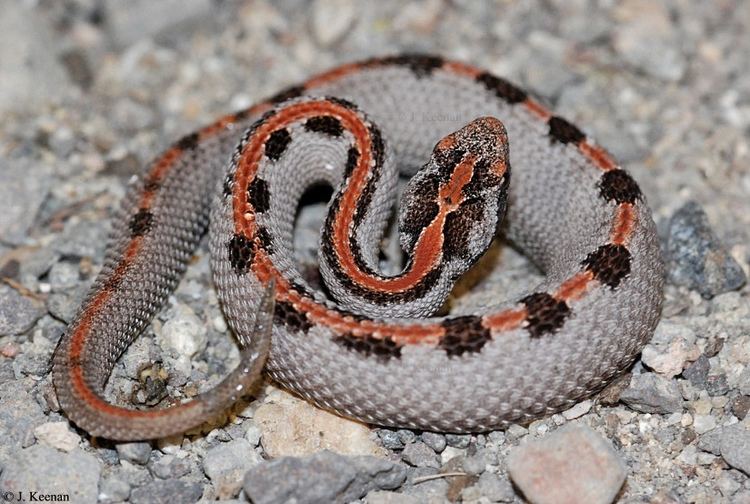
Adults grow to between 35.5 and 76 cm (14.0 and 29.9 in) in total length, which includes the tail (Klauber, 1943). In a study that involved 103 males and 80 females, the average total length was 53.5 cm (21.1 in). Snellings and Collins (1997) reported a specimen measuring 80.3 cm (31.6 in) in total length, but it had been in captivity for over 12 years. The largest reported by Gloyd (1940) was one measuring 63.8 cm (25.1 in) in total length from St. Petersburg, Florida.
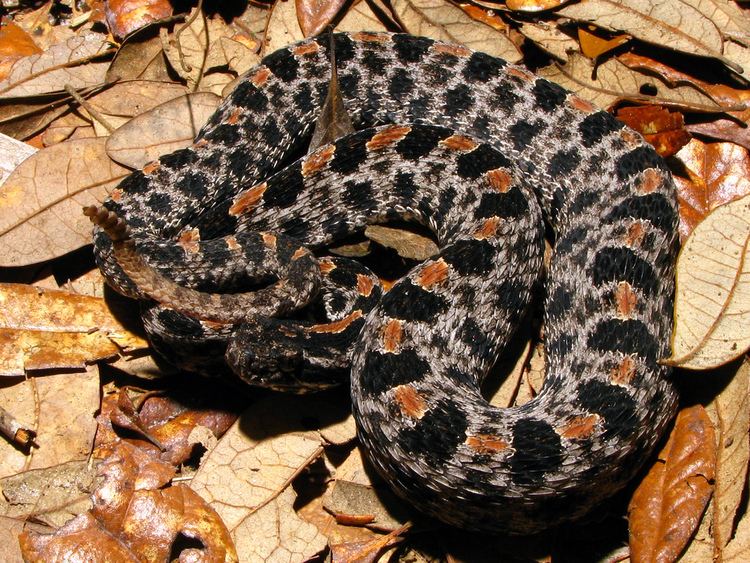
Regarding the coloration, this subspecies has dorsal spots that are more rounded, usually has a whitish belly that is heavily flecked or mottled with black or dark brown, and generally has 23 rows of dorsal scales at midbody.
Common names

Florida ground rattlesnake, southeastern ground rattlesnake, pygmy rattlesnake, Barbour's pygmy rattlesnake, dusky pygmy rattlesnake, ground rattlesnake, hog-nosed rattler, pygmy ground rattlesnake, pygmy rattler, small rattlesnake.
Geographic range
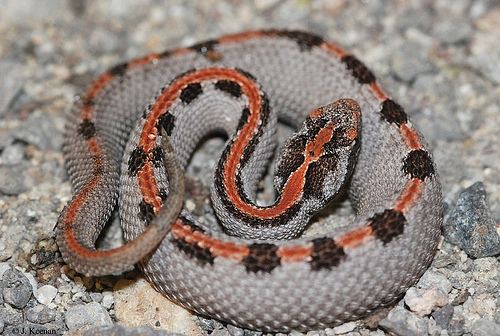
This subspecies is found in the United States from extreme southern South Carolina through southern Georgia, all of Florida, west through southern Alabama, Mississippi and Louisiana.
The type locality listed is "Royal Palm Hammock, 12 miles west of Homestead, Dade County, Florida" (USA).
Reproduction

Adult females give birth to between 5 and 7 young at a time. In a brood of 8 from Silver Springs, Marion County, Florida, the neonates measured between 157 and 173 mm (6.2 and 6.8 in) in total length.
Venom

Wright and Wright (1957) include excerpts from Allen (1938) that describe how an assistant was bitten in the Everglades and suffered severe pain and swelling for about 24 hours despite treatment. Allen also quotes some statistics: according to the Florida Reptile Institute, 28 people were bitten by this subspecies in Florida between 1935 and 1937 with no deaths.
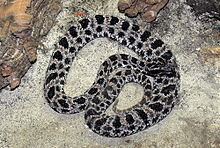
Brown (1973) gives an average venom yield of 18 mg (dried venom) (Klauber, 1956) and LD50 values of 2.8,12.6 mg/kg IV, 6.0,6.8 mg/kg IP and 24.2 mg/kg SC for toxicity.

The venom contain disintegrins, notably barbourin which has a KGD (Lys-Gly-Asp) amino acid motif rather than the more common RGD (Arg-Gly-Asp) motif. This single amino acid alteration gives barbourin higher binding affinity for the fibrinogen receptor glycoprotein IIb/IIIa. This receptor plays an important role in the aggregation of platelets, which then leads to the formation of a blood clot – competitive inhibition of this receptor by barbourin will decrease platelet aggregation, and thus reduce clotting.
